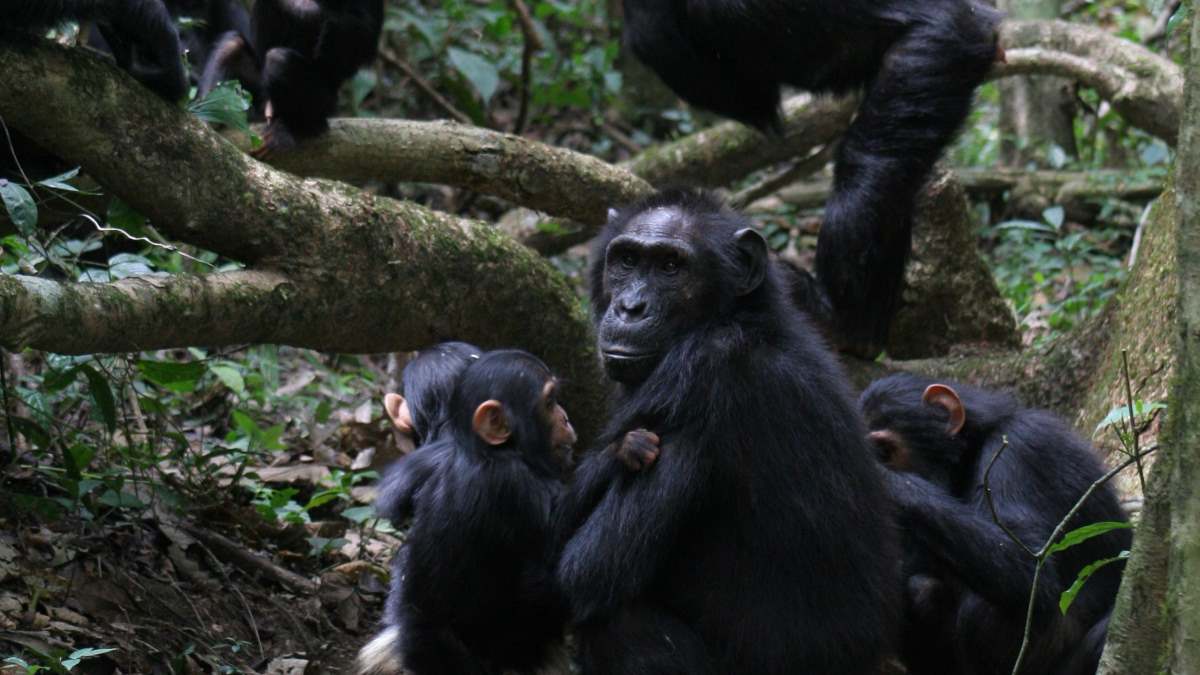A study of 252 chattering chimpanzees has found that their gestures have the same cadence as humans.
The study, which is published in Current Biology, finds that chimps take turns when making signs at each other, at about the same speed that humans take turns in conversations.
“While human languages are incredibly diverse, a hallmark we all share is that our conversations are structured with fast-paced turns of just 200 milliseconds on average,” says senior author Dr Catherine Hobaiter, a researcher at the University of St Andrews, UK.
“But it was an open question whether this was uniquely human, or if other animals share this structure.”
The international team of researchers analysed 8,559 interactions between 252 chimpanzees in 5 East African wild communities.
It’s still not fully understood why chimpanzees have gesture-based conversations.
“We found that the timing of chimpanzee gesture and human conversational turn-taking is similar and very fast, which suggests that similar evolutionary mechanisms are driving these social, communicative interactions,” says first author Dr Gal Badihi, also from the University of St Andrews.
Credit: Gal Badihi
Like humans, the time between one chimp making a gesture and another chimp responding with a gesture was about a fifth of a second.
“We did see a little variation among different chimp communities, which again matches what we see in people where there are slight cultural variations in conversation pace: some cultures have slower or faster talkers,” says Badihi.
“In humans, it is the Danish who are ‘slower’ responders, and in Eastern chimpanzees that’s the Sonso community in Uganda,” explains Hobaiter.
Credit: Gal Badihi
The researchers say there could be an underlying evolutionary mechanism for this timing, going back to chimpanzees’ and humans’ common ancestor. Or it could be a timing that both species have arrived at separately.
“We still don’t know when these conversational structures evolved, or why!” says Hobaiter.
“To get at that question we need to explore communication in more distantly related species – so that we can work out if these are an ape-characteristic, or ones that we share with other highly social species, such as elephants or ravens.”





















Discussion about this post